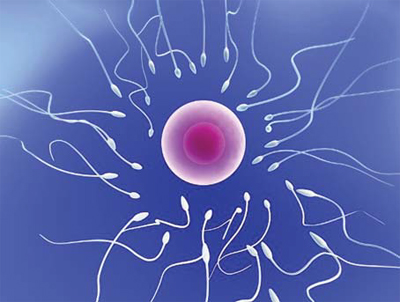
In the journey up the female reproductive tract, sperm cells have to work through a range of viscous barriers and to do so they have to adapt their behaviour accordingly, researchers say.
Broadly speaking, sperms are either activated, swimming forwards in a spiral, or hyperactivated, thrashing wildly – used to enter the egg, New Scientist reported.
To find out how sperm switch from one stroke to the other, Stephen Publicover and his colleagues from the University of Birmingham, studied calcium signalling in human sperm cells.
Sperm cells appeared to be triggered when calcium enters through ion channels in the tail. When calcium is released from organelles inside the neck of the cell into the surrounding cytoplasm, the sperm became hyperactivated.
To verify the finding, the team used drugs like progesterone to artificially stimulate the movement of calcium within a sperm sample.
When they triggered calcium uptake through the tail of the sperm, it stimulated activated movement and the sperm moved along a mucus-filled tube more easily than in a drug-free sample. Similarly, triggering the release of calcium within the neck made the sperm hyperactivated.





Be the first to comment